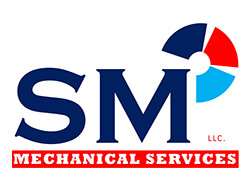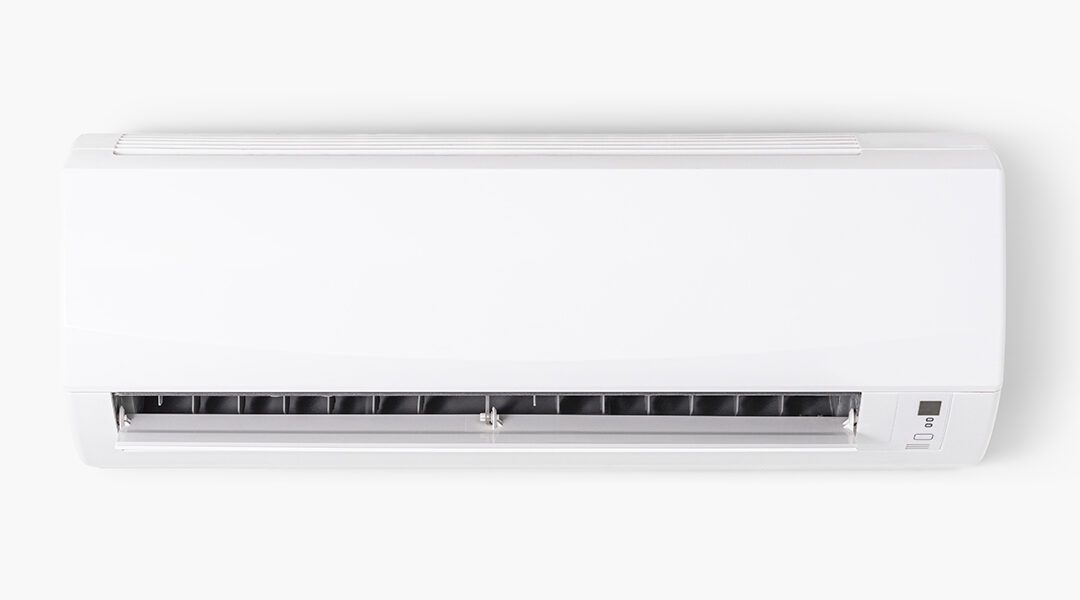Wondering if you need dampers? Call SM Mechanical Services at 860-296-5100 to learn if they’re right for you!
When someone buys a house, they want their home to be comfortable and inviting. HVAC systems are crucial to achieving this goal, though their exact operations elude most. While everybody is familiar with HVAC components like the thermostat, compressor, and ductwork, the dampers are one of the more mysterious parts of the system.
There are a variety of dampers for AC systems, and they all function a bit differently. Some homes have dampers for some regions of their HVAC setup, while others have none at all. Read on to learn about HVAC dampers, what they do, and how they work.
For top-quality HVAC installation and repair, call SM Mechanical Services, the most diligent and professional heating and cooling company in Marlborough, CT.
What Are Dampers in an HVAC System?
A damper is an element of an HVAC system responsible for controlling the flow of air in the ductwork and regulating temperature from room to room. When trying to understand dampers, the best comparison would be a dam in a river. In the same way that a dam works as a barrier to block water flow in a river, dampers stop air from passing through them when they close.
They function like valves in the ducts, closing off portions of the duct system and allowing others to circulate freely. As a vital piece of the zoning system, they allow homeowners to cut off air flow to specific parts of a house.
How Do HVAC Dampers Work?
HVAC dampers dictate how much heated or cooled air goes to specific zones in the air duct system. When you close air vents, the hot or cold air still runs through the duct to each room, where a closed vent blocks it. When you close the dampers, you redirect the airflow and supply conditioned air to specific rooms while completely cutting off the airflow to others.
Dampers redirect air more efficiently than floor or wall vents because they are closer to the AC blower fan in the duct system.
Where Are the Dampers in My HVAC System?
You’ll usually find dampers between the main trunk or distribution line and the supply duct in HVAC systems. They also go right before and after junction points and on every main line of multiple system ducts. Dampers will vary in appearance due to manufacturer designs and preferences, but they all share similarities, such as:
- A thick cardboard or fiberglass saucer-shaped barrier
- A handle that turns to open or close the damper- allowing or preventing conditioned airflow
- A metal pin attached to the disk to enable turning
If you don’t know if your home HVAC system has dampers, look for a supply duct at the left or right side of the furnace. A damper in the supply duct usually goes to a home’s upper level. If your home has visible ductwork, check all the areas you can access, since some homes have dampers throughout the ductwork to enable maximum air balancing.
Types of Dampers For AC Systems
There are several kinds of dampers in varying sizes, shapes, and purposes. Some dampers have manual controls, while others have automatic ones. Automatic dampers use a motor that allows you to open and close them remotely. Automatic dampers also react to changing weather.
Manual dampers for AC have valves you have to open or close on the outer side of the ductwork. They cost less than automatic dampers, but you must open or close them by hand with a damper lever. The most common types of dampers used in home HVAC systems are:
Butterfly Flat Dish Dampers
These dampers are ideal for fire prevention since they prevent backdraft near heat exchangers. Two half-circle blades connect to a central hinge to form a sealed barrier in a cylindrical duct. The seal controls airflow and prevents foreign material from entering the ducts.
Butterfly flat dish dampers have a superior seal and operate quieter than other dampers.
Blade Dampers
Blade dampers have two fan-like blades that close over each other to form a seal in the duct.
There are two kinds of blade dampeners:
- Parallel blade dampeners: These dampers are better for maintaining airflow.
- Opposed blade dampeners: These dampers are better for directing airflow.
Blade dampers block air more abruptly than butterfly dampers, but they are equally efficient during warm and cold seasons.
Louver Dampers
Louver dampers are one of the most commonly used dampers for HVAC systems. They can fit most duct sizes, and their ability to block air is impressive. However, louver dampers work best in cold, high-pressure climates; these may not be the best option if you live in a warmer part of the country.
Inlet Vane Dampers
Vane dampers (also called variable inlet vanes or internal vane controls) are great for appliances or machinery requiring precise airflow regulation. They are your best option for controlling the pressure in the air system. To exercise better control of the airflow of an office or professional building, a vane damper is what you need.
HVAC Dampers: When Should I Open and Close Them?
You should keep your upstairs dampers open during the warm seasons and closed during the winter. Closing your dampers during the cold season lets heat rise into your home’s upper levels naturally. During the summer, you should open your upstairs dampers to keep bedrooms cool and prevent cool air from leaking into the basement.
Mark a reminder on your calendar to open and close your dampers at the appropriate time of year. You may also want to label your dampers so you know where they connect in your home.
Call SM Mechanical Services
If you need help finding your dampers, or you want new dampers for AC installed, SM Mechanical services can help. We proudly serve Glastonbury, CT, and all surrounding areas. Click the link for our furnace maintenance checklist and call 860-296-5100 for any questions or price quotes.

